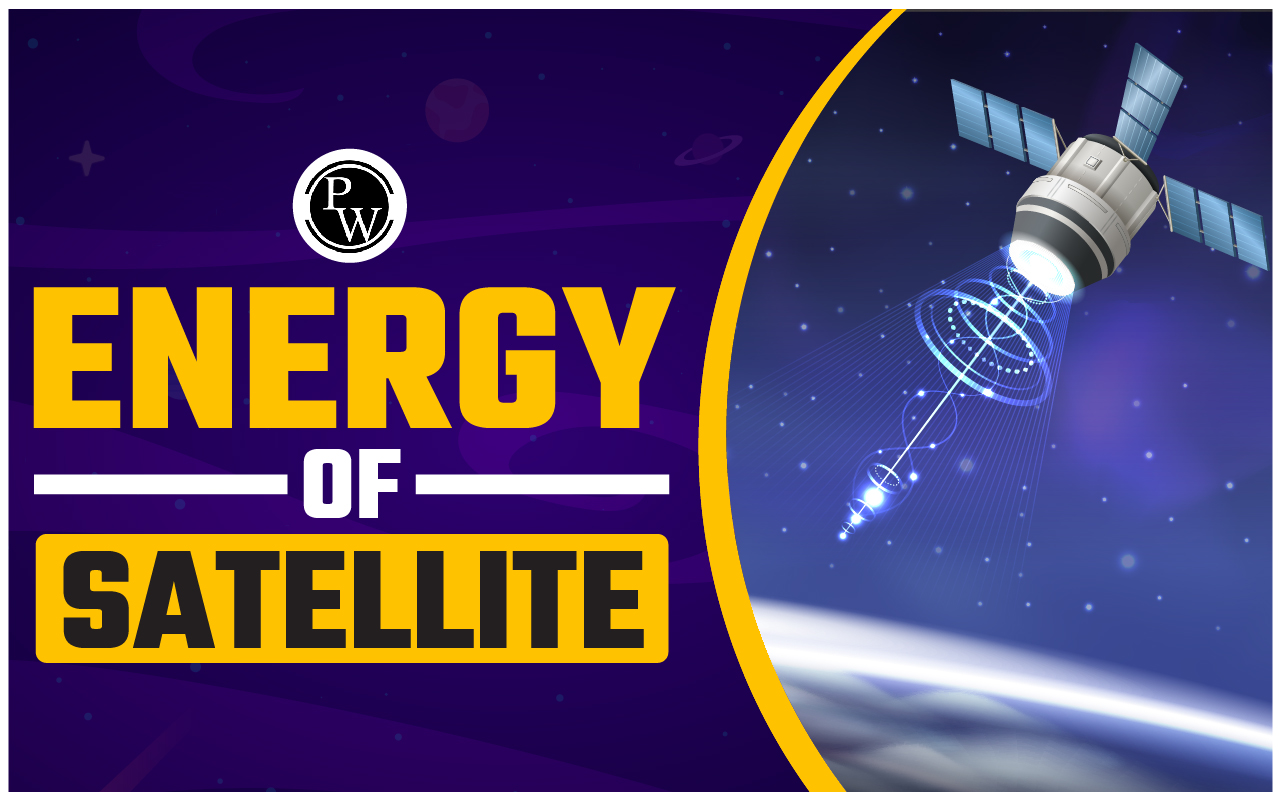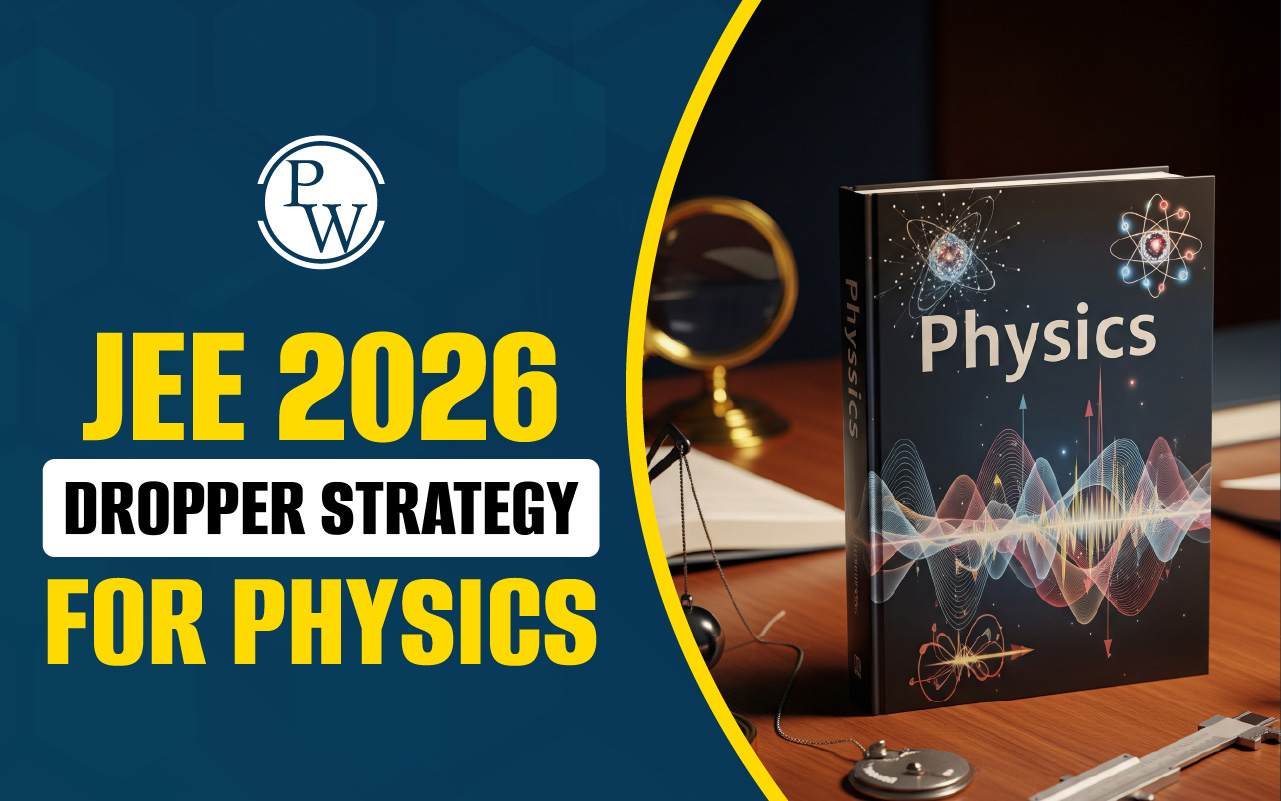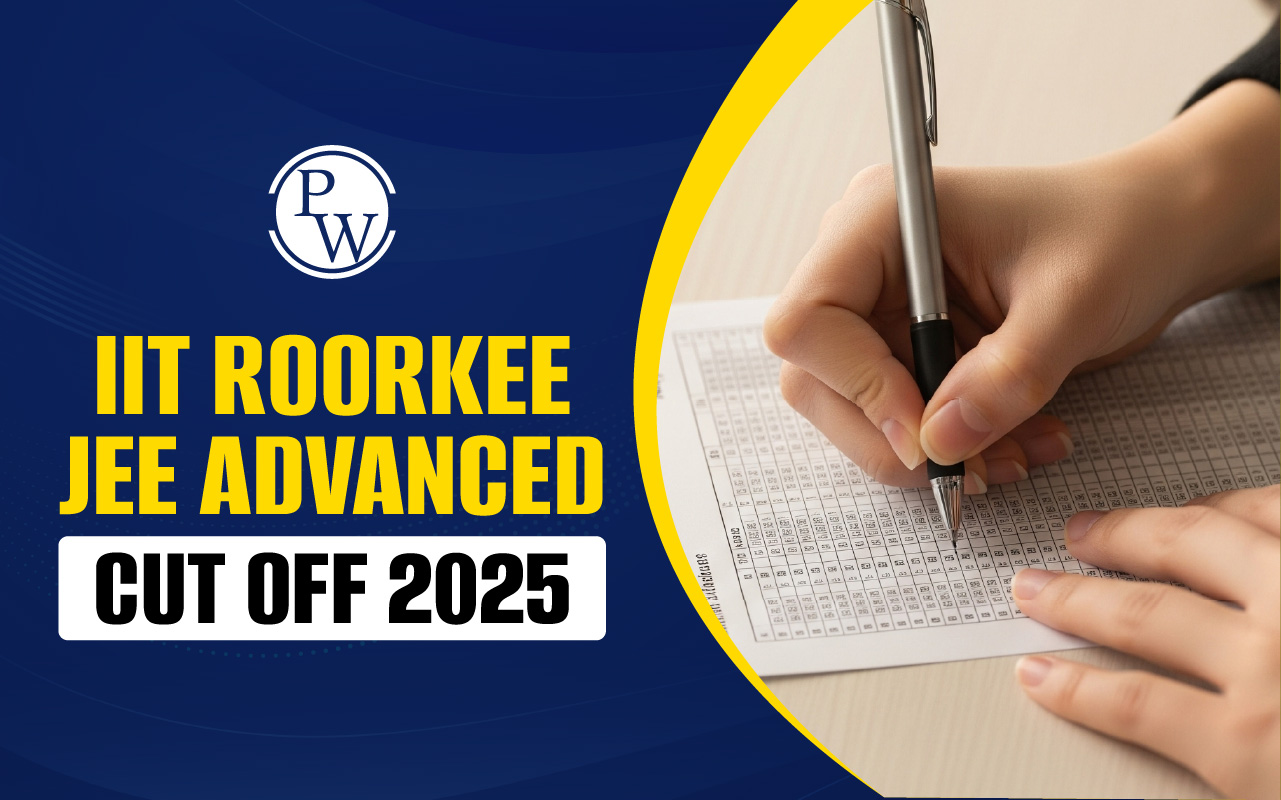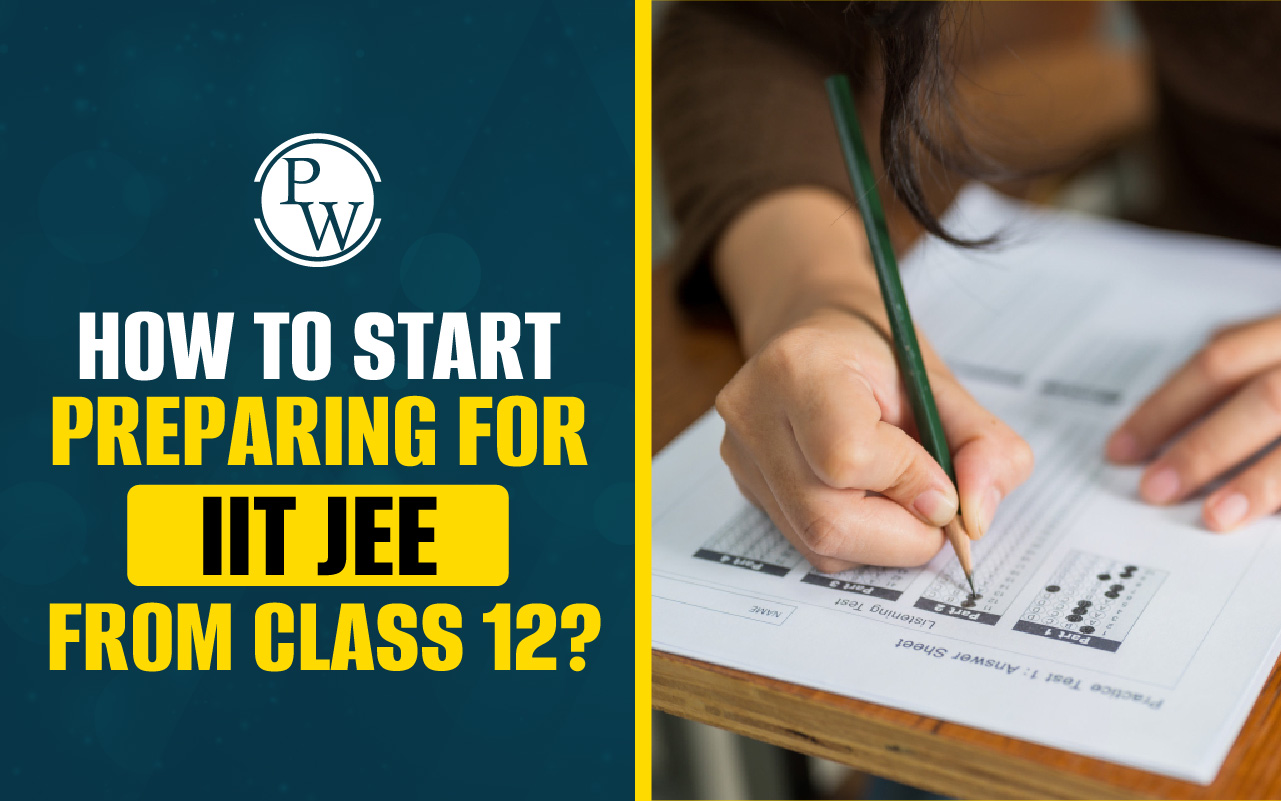
Energy of Satellite : In article we will see that satellite which appears to be at fixed position at a definite height (i.e., stationary) to an observer on earth is called geostationary satellite. This satellite is also called the geosynchronous satellite as its angular speed is synchronized with the angular speed of the earth about its axis, i.e., this satellite revolves around the earth with the same angular speed in the same direction as is done by earth around its axis.
Afterwards we will learn that In the total energy of a circularly orbiting satellite which is negative, the potential energy is negative and magnitude of potential energy is twice the magnitude of the positive kinetic energy. We know that the total energy of a body is positive or zero, when it is at infinity from the earth. Therefore, the satellite will escape to infinity if its total energy becomes zero or positive. Since a satellite is always at finite distance from the earth, its total energy can never be positive or zero as in case of Polar and Geostationary satellite.
Acceleration due to Gravity
When a body is dropped from a certain height above the ground it begins to fall towards the earth under gravity. The acceleration produced in the body due to gravity is called acceleration due to gravity. It is denoted by g . Its value close to the earth’s surface is 9.8 m / s 2 . Suppose that the mass of the earth is M, its radius is R, then the force of attraction acting on a body of mass m close to the surface of earth is
This expression is independent of m. If two bodies of different masses are allowed to fall freely, they will have the same acceleration, i.e. if they are allowed to fall from the same height, they will reach the earth simultaneously.
Variation due to Rotation of Earth
Due to Rotation of Earth The earth rotates from west to east on its axis, due to which every object on the surface of earth experiences a centrifugal force in the reference frame of the earth. The effective value of acceleration due to gravity at a place of latitude ϕ is given by.
Note that the vector g′ is not exactly towards the center of earth. Therefore, we note that the decrease in g is maximum at equator and zero at poles. As we go from equator to the pole, value of g increases by
(i) The effective value of g is not truly vertical passing through the centre O.
(ii) The effect of centrifugal force due to rotation of earth is to reduce the effective value of g .
(iii) At equator ϕ = 0 o
Therefore, g ’ = g – Rω 2 and at poles ϕ = 90 o Therefore, g ’ = g Thus, at equator g ’ is minimum while at poles g ’ is maximum.Motion of Satellites
Just as the planets revolve around the sun, in the same way few celestial bodies revolve around these planets. These bodies are called ‘Satellites’. For example moon is a satellite of earth. Artificial satellites are launched from the earth. Such satellites are used for telecommunication, weather forecast and other applications. The path of these satellites is elliptical with the center of earth at its focus. However, the difference in major and minor axes is so small that they can be treated as nearly circular for not too sophisticated calculations.
Energy of Satellite
The potential energy of the system is
This energy is constant and negative, i.e. the system is closed. The farther the satellite from the earth the greater its total energy.
Communication Satellites
It is also called Geostationary or Geosynchronous or Parking or Relay or Transmission Satellite. It is an artificial satellite of earth and appears stationary to any observer on the surface of earth. A satellite is said to be Geostationary when it fulfills the following conditions. (a) The orbit of the satellite must be circular and in the equatorial plane of the earth. (Equatorial plane divides the earth into two equal hemispheres). (b) The sense of revolution of satellite must be same as the sense of rotation of the earth i.e. from west to east. (c) The period of revolution of the satellite must be equal to the period of rotation of earth about its axis. Hence
Polar and Geostationary Satellites
1. Satellites in low polar orbit pass over the poles. They orbit between 100 km and 200 km above the Earth's surface, taking around 90 minutes to make each orbit. The earth spins beneath the satellites as it moves, so the satellite can scan the whole surface of the earth. Low orbit polar satellites have uses such as
- Monitoring the weather.
- Observing the earth's surface.
- Military uses include spying.
2. Geostationary satellites have a different trajectory to polar satellites. They are in orbit above the equator from west to east. The height of their orbit-36,000 km is just the right distance so that it takes. then one day (24 hours) to make each orbit. This means that they stay in a fixed position over the earth's surface. A single geostationary satellite is on a line sight with about 40 percent of the earth's surface. Three such satellites, each separated by 120 degrees of longitude, can provide coverage of the entire planet. Geostationary satellites have uses such as:
-
communications- including satellites phones.
-
global positioning or GPS.
Geostationary satellites always appear in the same position when seen from the ground. This is why satellite television dishes can be bolted into one position and do not need to move.













